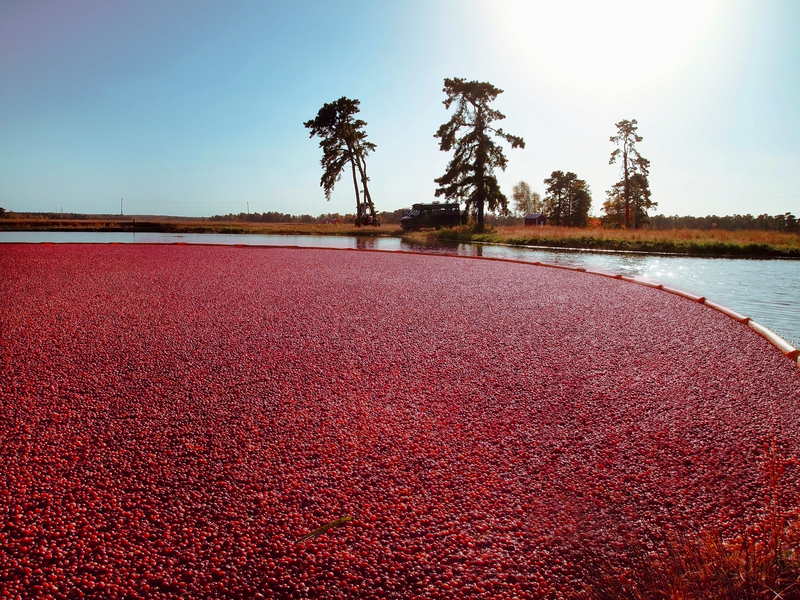When people think about New Jersey, the iconic shorelines or the state’s urban landscapes might be the first things that come to mind. But beyond the bustling cities and beautiful beaches lies a berry that has been part of the state’s culture and history for centuries: the cranberry. Here’s a deep dive into why this fruit is more than just a side dish at Thanksgiving dinners and how it has remained an integral part of New Jersey’s identity.
The Historical Roots
The cultivation of cranberries in New Jersey dates back to the 19th century. Native Americans were already using the fruit for food, medicine, and even as a dye. Early settlers soon realized the berry’s potential and began cultivating it in the region’s acidic bogs, making New Jersey one of the first areas in the country to engage in commercial cranberry farming.
A Symbol of Agriculture
Cranberries are so crucial to New Jersey that they’re considered a symbol of the state’s rich agricultural heritage. The Garden State is one of the leading producers of cranberries in the United States, contributing significantly to the local economy. Cranberry farms, some of which have been owned by the same families for generations, are a testament to the agricultural practices that have shaped the state.
Cranberry Festivals and Celebrations
The cultural significance of the cranberry in New Jersey is most evident during the annual cranberry festivals. These festivals serve as a celebration of the harvest and a showcase for cranberry-based products, from juices and jams to baked goods. These events also offer educational tours of cranberry bogs, making them an excellent way for residents and visitors to learn about this essential crop and its role in the state’s history.
Culinary Importance
Cranberries aren’t just for Thanksgiving sauce. The berry is a key ingredient in various local dishes, adding a unique flavor that captures the essence of New Jersey’s culinary landscape. From cranberry pies to cranberry-infused beverages, the fruit has found its way into the kitchens of professional chefs and home cooks alike.
Environmental Benefits
Cranberry farming also plays a role in the state’s ecology. The bogs where cranberries grow are rich ecosystems that provide habitat for various species of wildlife. Farming practices have evolved to sustain these ecosystems, making cranberry cultivation not just an agricultural activity but also an environmental stewardship effort.
Cranberries are more than just a seasonal fruit in New Jersey; they are a symbol of the state’s agricultural, cultural, and historical landscape. From their early cultivation by Native Americans to their modern-day significance in festivals and cuisine, cranberries have woven themselves into the very fabric of New Jersey life. Next time you enjoy a cranberry dish, remember that you’re not just savoring a fruit, but also tasting a piece of New Jersey’s rich heritage.
